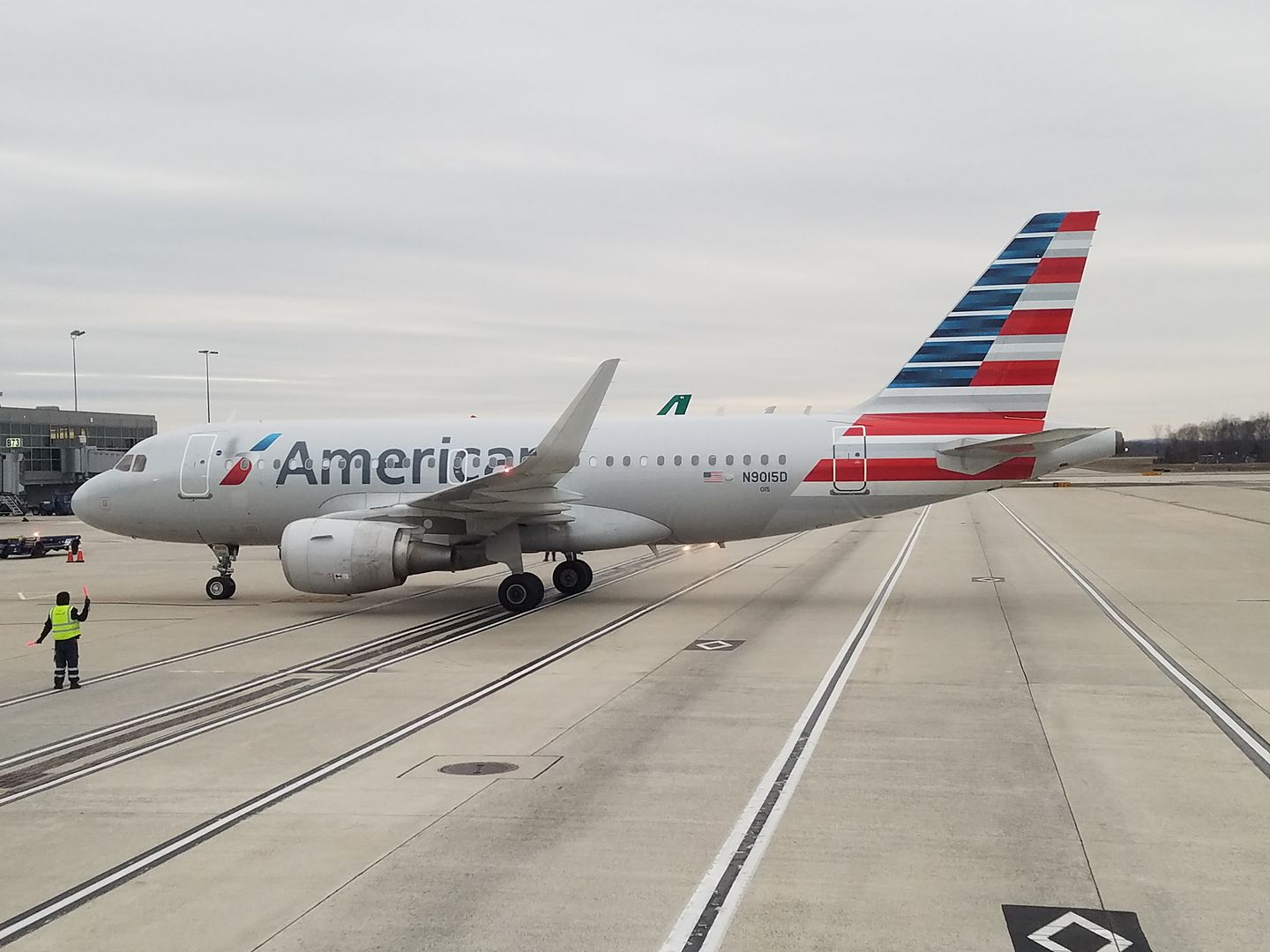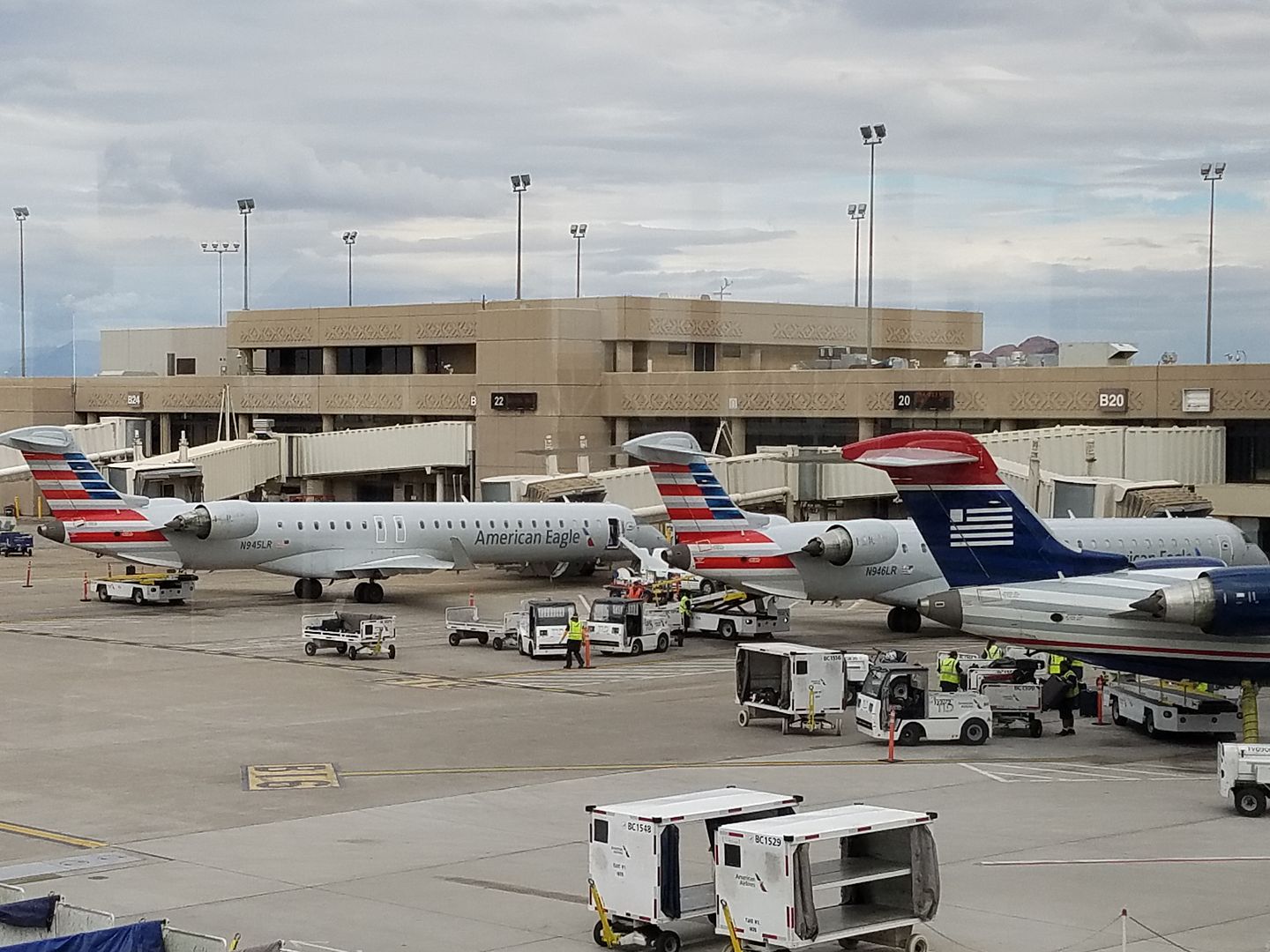During last week’s American Airlines earnings call (transcript) analyst Joseph DeNardi from Stifel asked about the economics of American’s credit card deals.
So Derek, when you guys announced your credit card agreement over the summer, you indicated that the incremental revenue from that was 100% margin. Essentially that the pre-tax income matched the revenue, in other words. So it’s clear that there is no recurring cost allocated against that revenue. If that’s the case, why shouldn’t we think of the $1.5 billion in marketing revenue you guys disclosed in the 2015 10-K as similarly a very, very high-margin revenue, say over 90%?

American’s CFO Derek Kerr explained that the new credit card deal with Barclaycard and Citibank improves American’s bottom-line because it really doesn’t incur new costs for the airline. Instead, “all that changed in that transaction was a higher dollar amount for each mile paid.” The increase in revenue is essentially all profit.
Then there was some confusion about the specific $1.5 billion that DeNardi was asking about. Kerr thought he was referring to the cumulative increase in revenue over 3 years from the new card deal.
Doug Parker
[Indiscernible] $1.5 billion number he’s talking about?
Derek Kerr
Well, we announced that it was going to be $200 million in the first year, $250 million in the first year, $500 million in the second year and $800 million in the third year. So that was the three-year combination to get to the $1.5 billion of the increase for the next year.
DeNardi clarified he was referencing the 2015 form 10-K filing that “disclosed that marketing revenue from the credit card was $1.5 billion.”
Doug Parker though seems to be confused about the numbers they’ve reported because he says the $1.5 billion is the total revenue from the card agreements in 2015 and that costs come out of that amount. But reading American’s 10-K filing that’s wrong.
Here’s what Parker said:
Thanks. That’s what I was trying to get at. Okay. So you gave a number for the 2015 K, we’re $1.5 billion. We’ve disclosed that we have indeed signed a new contract and we’ve talked you about the incremental increase. But I think you should add those two numbers and come to a total number, but it’s up to you to decide how to estimate where we are now. So anyway look, as Derek was saying the increase is entirely due to just getting a higher rate per mile for the credit card.
So, of course, that will fall almost entirely to the bottom line. Now the initial $1.5 billion you’re talking about, that number is the number that we were collecting at that point in time and, of course, we have to redeem those miles. So there is some cost to that, costs we don’t disclose. But you can rightfully assume that it’s a nicely profitable business or we wouldn’t do it. So we were happy with what we were collecting before the new agreement and now we have a new agreement where we are collecting more.

He also seems to suggest the profitability of the mileage program, and the credit card deals, is insufficiently understood by investors and as a result they undervalue the airline. (I’ve written in the past that my long-term expectation is that co-brand revenue will fall, so I’m not sure investors are undervaluing the future income here.)
I think it is an area where shareholders have understood more how much of our profits and how much of our revenues are tied to things that aren’t really related to the ups and downs of the airline environment, that they would have even a better appreciation for why we are so bullish on this airline.
But let me explain why Parker is wrong about the $1.5 billion being the total they received from their credit card agreements in 2015, and why he’s wrong that redemption costs come out of that $1.5 billion.
American Airlines splits the revenue that they receive from their co-brand bank partners into two buckets:
- Transportation. The cost of redeeming miles earned using the credit card
- Marketing. This includes renting out the American Airlines brand and member lists to banks, advertising, lounge access, free checked bags
American reported in its 2016 SEC form 10-K annual report filing (.pdf) that the marketing component of mileage sales in 2015 was $1.5 billion.
It appears that Doug Parker was confused — the $1.5 billion figure appears twice in American’s 2015 financials with respect to the AAdvantage program.
As of December 31, 2015 and 2014, American had $1.5 billion in deferred revenue from the sale of mileage credits (recorded within loyalty program liability on the consolidated balance sheets). For the years ended December 31, 2015, 2014 and 2013, the marketing component of mileage sales recognized at the time of sale in other revenues was approximately $1.5 billion, $1.4 billion and $834 million, respectively.
The total deferred revenue booked from mileage sales was $1.5 billion. That’s not the amount booked for sales in 2015, but the cumulative amount reserved to cover transportation costs.
And the total amount recognized immediately at the time of sale in 2015 was also $1.5 billion.
Though the context of this section of the 10-K is discussion of American’s Citibank partnership, the total revenue from mileage sales isn’t entirely revenue from banks. But the $1.5 billion referenced for 2015 is marketing revenue, and marketing revenue goes immediately to American’s bottom line rather than being deferred.
That said, it isn’t all free revenue in that sense Parker is correct. Marketing revenue includes lounge access and free checked bags, some of which American would have received directly from paying customers if they weren’t getting these items bundled with their credit card. And carrying marginal checked bags, feeding guacamole and soup and offering complimentary premium drinks to lounge guests, does incur a marginal cost.

Nonetheless, listening to or reading the quarterly financial update call in conjunction with reading American’s published financials can be an illuminating exercise. And it shouldn’t be underestimated how difficult it is to answer detailed analyst calls on the spot either.
(HT: Dave F.)


Something doesn’t add up for me. Banks are paying *more* for miles. But the miles are worth increasingly *less*.
Wouldn’t the bank be incentivized to move its users over to a cheaper rebate format? Like a cashback format?
Not understanding the value proposition here for bank or bank customer.
@stvr
The typical bank customer does not know that the miles are being devalued and that there are 5 award levels. They know that more miles = better, and cash-back isn’t sexy. That’s about it.
Airlines will continue to increase award costs while reducing the visibility of their charts and not a thing will happen because the airlines are selling what is effectively an unregulated fiat currency that the bank and the airline controls exclusively. Consumer protections in this area will certainly not happen anytime soon either.
AA knows this.
Barclays/Citi knows this.
So they pay for it.
Citi and Barclays will realized they are gaining less customers andspending on the cards are decreasing. That is because the miles are useless. The next deal will be worth just less.
I had talked to a few analyst, most agree with 90% margin on the credit miles deals. AA will worth much less if you just fly people around without miles.
I don’t think the typical consumer has noticed, or will notice, the devaluations in miles – at least, not to the extent that it will significantly reduce co-branded CC applications. So long as the banks are good at offering catchy hooks – “enough for a FREE round-trip” “FREE BAGS!!!” “priority boarding!!!” and so long as the FFP still has a reasonable domestic saver award price – people will still bite and that’s all the banks care about.
Will some of those customers be ticked off when they have trouble redeeming for even a flight to Orlando – or have to pay a bit more miles? Sure! But they already have the card at that point. Most people aren’t aware of the possibility of churning the same card, and most of those wouldn’t be interested if they did know about it.
Ryan – the issue isn’t the devaluation in miles at time of redemption – you’re right about that.
The issue is that the devaluation of earning will have the effect of eroding customer interest in collecting the AAdvantage currency in the first place.
If people aren’t interested in signing up to the program, or don’t believe that the program offers anything both attractive AND achievable – they won’t bother with the program nor its co-brand offers (including cards, hotel credits etc).
With so many bank reward offers out there – AA’s key sign-up avenue was existing AAdvantage members – the very avenue which has now been weakened.
That’s the real risk to AA.
To quantify it – if growth in third-party mileage sales to the banks slows by only 1.26%, then AA will have wiped out all of the savings from the recent earnings-method switch.
At some point, the airlines will make redemption so difficult for aspirational travel (ok, maybe they’re already there) that people will just give up on miles and focus on cash back cards due to the higher value per dollar spent and the flexibility to use those rewards for things other than travel. If this revenue truly is almost all profit, the airlines are playing a risky game that could tilt against them if they piss off enough travelers.
Disagree. The end game is a full revenue based program, and people are fairly happy with southwest and JetBlue today, and are perfectly happy using those cards instead of a 2 percent cashback card